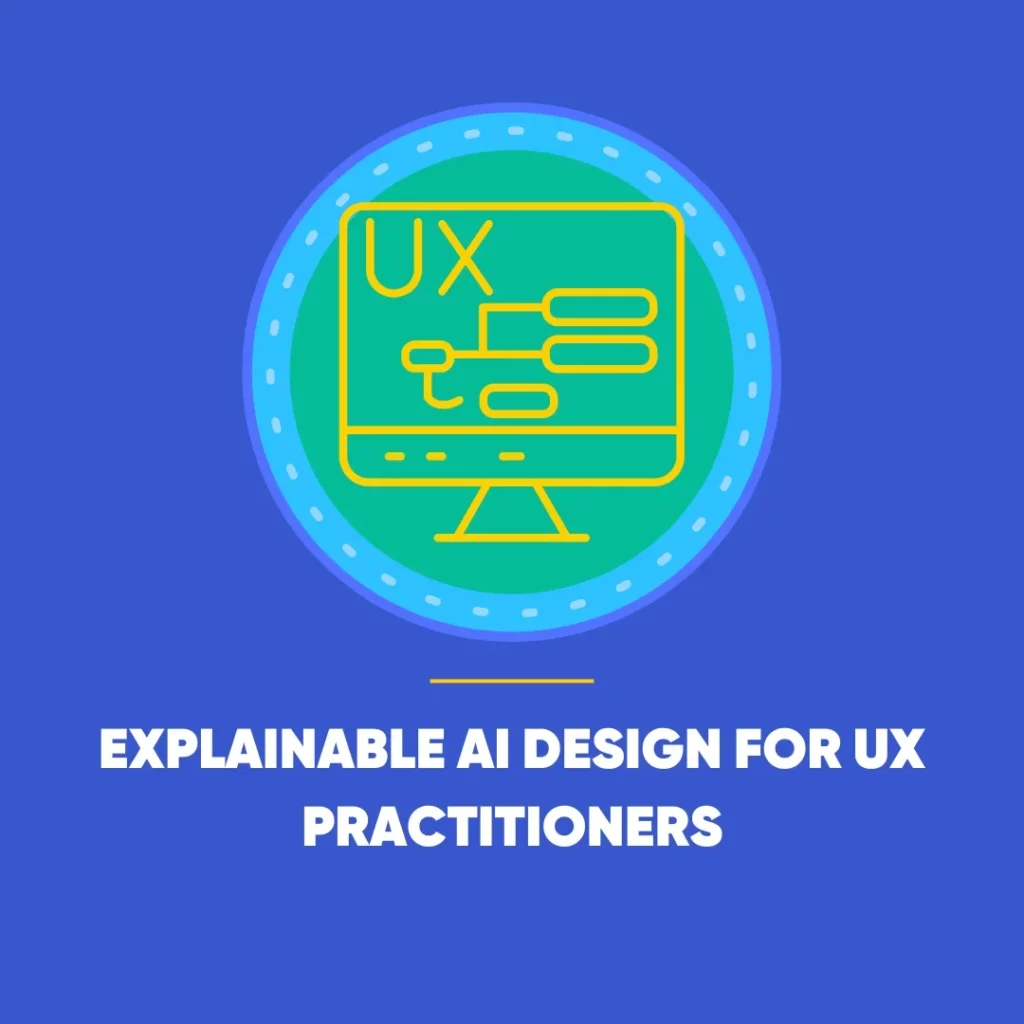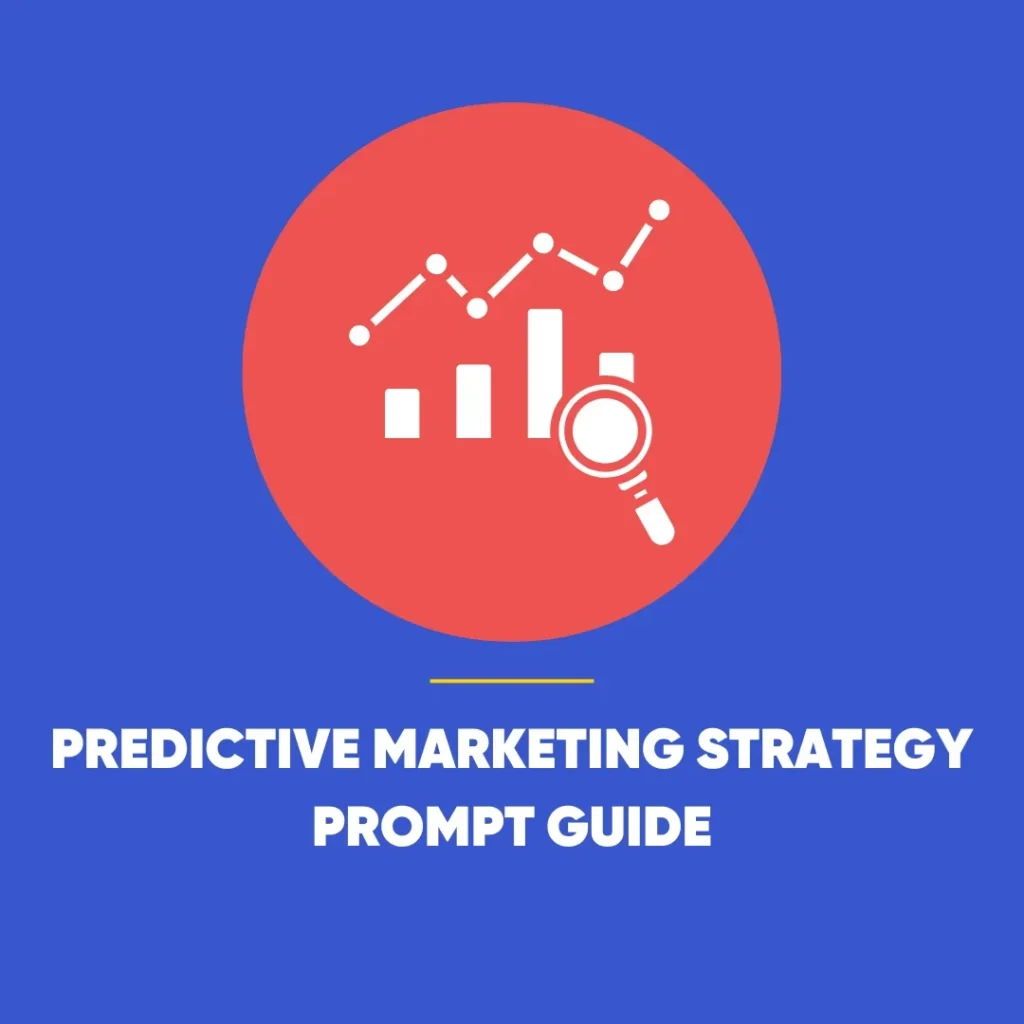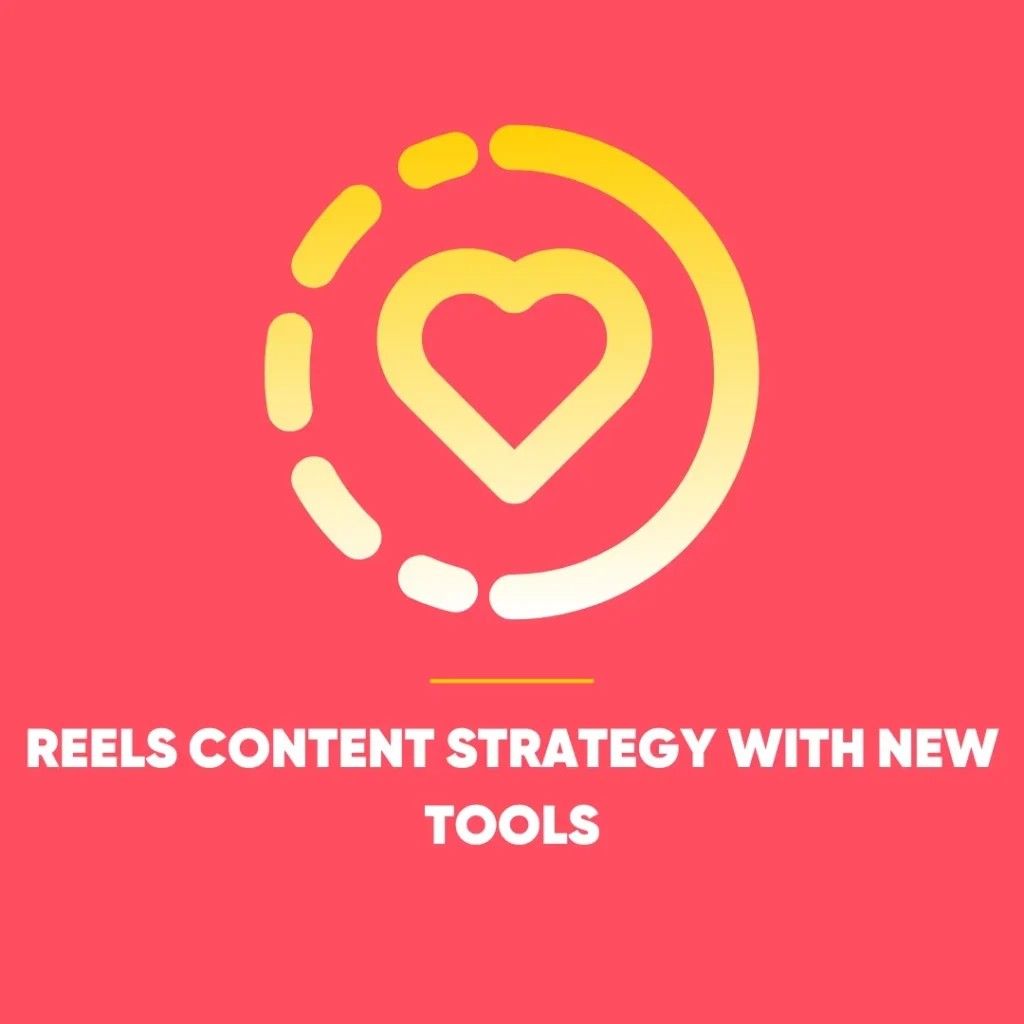AI User Testing in 2025: The New Era of Insight
AI user testing has evolved rapidly by 2025, transforming traditional research methods into fast, intelligent, and always-on insights. With the rise of synthetic users, real-time data, and automated UX analysis, the old days of awkward video calls and delayed feedback have finally met their end. What once took weeks of recruiting, recording, and reviewing now happens in minutes.
For designers, product managers, and researchers, the message is clear: the future of user testing has arrived – and it’s running on AI.
The End of Traditional Testing as We Knew It
User testing once felt like an obligation rather than a discovery process. Teams would scramble to find a handful of “representative users” – often friends or colleagues – to test half-built prototypes. After that came hours of awkward observation and tedious video reviews, hoping to extract something usable from limited, often biased feedback.
It was costly, slow, and, more often than not, unrepresentative of real users. Insights were buried in lengthy slide decks or reduced to vague takeaways that confirmed what teams already believed.
That era is fading fast. AI is not just automating the process – it’s replacing it with something faster, smarter, and far more scalable.
The Rise of AI User Testing with Synthetic Users
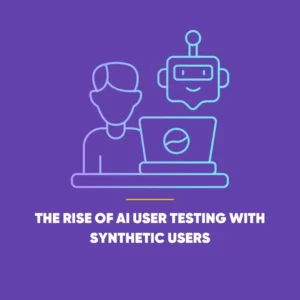 One of the biggest breakthroughs in modern UX research is the introduction of synthetic users. These AI-generated personas can simulate human interactions with remarkable realism – exploring interfaces, voicing thoughts, and even mimicking frustration when designs fall short.
One of the biggest breakthroughs in modern UX research is the introduction of synthetic users. These AI-generated personas can simulate human interactions with remarkable realism – exploring interfaces, voicing thoughts, and even mimicking frustration when designs fall short.
Instead of waiting for five human testers, designers can now run hundreds of automated sessions in seconds. The system identifies navigation problems, emotional responses, and drop-off patterns with a level of precision no small-scale test could match.
Entire design teams now validate flows overnight. A simple upload triggers a swarm of AI-driven tests that reveal bottlenecks before a morning stand-up even begins. The excuse of “no time for testing” no longer holds up in this era of instant insight.
No Moderators, No Missteps
Traditional usability testing relied heavily on moderators – and on their ability to remain neutral. One leading question or missed prompt could skew results entirely.
AI, however, has no bad days. It guides users through tasks, asks context-sensitive follow-up questions, and analyses tone, language, and sentiment automatically. Every interaction is transcribed, categorised, and summarised before the team’s first cup of coffee.
This shift removes one of the biggest sources of human bias from testing. The results are clearer, faster, and easier to act upon.
AI User Testing: From the Lab to the Live Site
The most powerful evolution lies in how AI has transformed everyday websites into living, breathing laboratories.
Instead of waiting for scheduled test sessions, AI continuously analyses real user behaviour on live platforms. It tracks scroll depth, cursor movement, hesitation, and even signs of frustration such as rapid clicking or page abandonment.
When engagement dips or a form goes uncompleted, the system doesn’t just record it – it predicts why. It identifies potential friction points and suggests adjustments, often before the design team has even spotted a problem.
In essence, AI has made user research an always-on process. The lab is now live.
Bias Isn’t Gone – But It’s Evolving
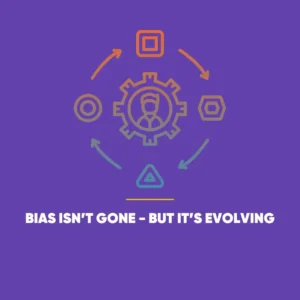 While AI has improved accuracy and speed, it’s not without limitations. Algorithms learn from data – and data carries bias. If the models used for simulation lack diversity, they risk overlooking perspectives such as those from neurodivergent users or minority demographics.
While AI has improved accuracy and speed, it’s not without limitations. Algorithms learn from data – and data carries bias. If the models used for simulation lack diversity, they risk overlooking perspectives such as those from neurodivergent users or minority demographics.
However, the same criticism applies to traditional research, which was also vulnerable to bias – only less visible and harder to measure.
The difference today is awareness. AI-driven tools encourage teams to ask new questions:
- Who trained this model?
- What behaviours are being overrepresented or ignored?
- Are we collecting inclusive feedback or merely faster feedback?
AI may not be entirely objective, but it gives teams the ability to interrogate bias systematically, rather than simply hope they’ve avoided it.
AI User Testing and the Death of the “User Testing Week”
Perhaps the most significant cultural shift is the disappearance of the “testing week” altogether.
User testing has become a continuous background function – constantly learning, adapting, and improving. The moment a new feature goes live, AI begins to monitor how users interact with it, gathering insights, testing copy variations, and recommending optimisations.
Gone are the rigid testing sprints and scheduled review cycles. Instead, testing happens around the clock. UX has evolved from an event into a rhythm – a constant feedback loop that mirrors how digital products now evolve.
What Humans Still Do Best
As AI takes over much of the heavy lifting, one question remains: what do humans still contribute?
Quite a lot, actually. While AI can simulate users, highlight friction, and even suggest fixes, it can’t make creative or strategic decisions. Human designers still provide the judgment, context, and empathy needed to turn data into direction.
AI might report that 80% of users skip a tutorial, but it’s the designer who decides why that matters. Should the tutorial be redesigned, removed, or replaced entirely?
In short, AI delivers the insight – but humans provide the intention. Great design still depends on human vision, not just machine precision.
Always Testing, Always Improving
With the barriers to entry so low, the biggest challenge isn’t adopting AI – it’s keeping up with it. Teams clinging to traditional testing methods risk being left behind, not because their approach lacks care, but because it lacks speed.
The modern standard is continuous optimisation. Every click, scroll, and session becomes an opportunity to learn.
The Present, Not the Future
The revolution in user testing isn’t on the horizon – it’s already here.
AI has transformed usability testing from a tedious manual process into an intelligent, adaptive system that learns in real time. It analyses, predicts, and refines without pause. For UX professionals, that means faster results, sharper insights, and a deeper understanding of how people truly interact with products.
Human creativity and critical thinking will always remain central to good design. But now, AI ensures that those talents are supported by data that’s as dynamic as the users themselves.
The era of waiting weeks for answers is over. The future of user testing – fast, intelligent, and endlessly curious – has already begun.
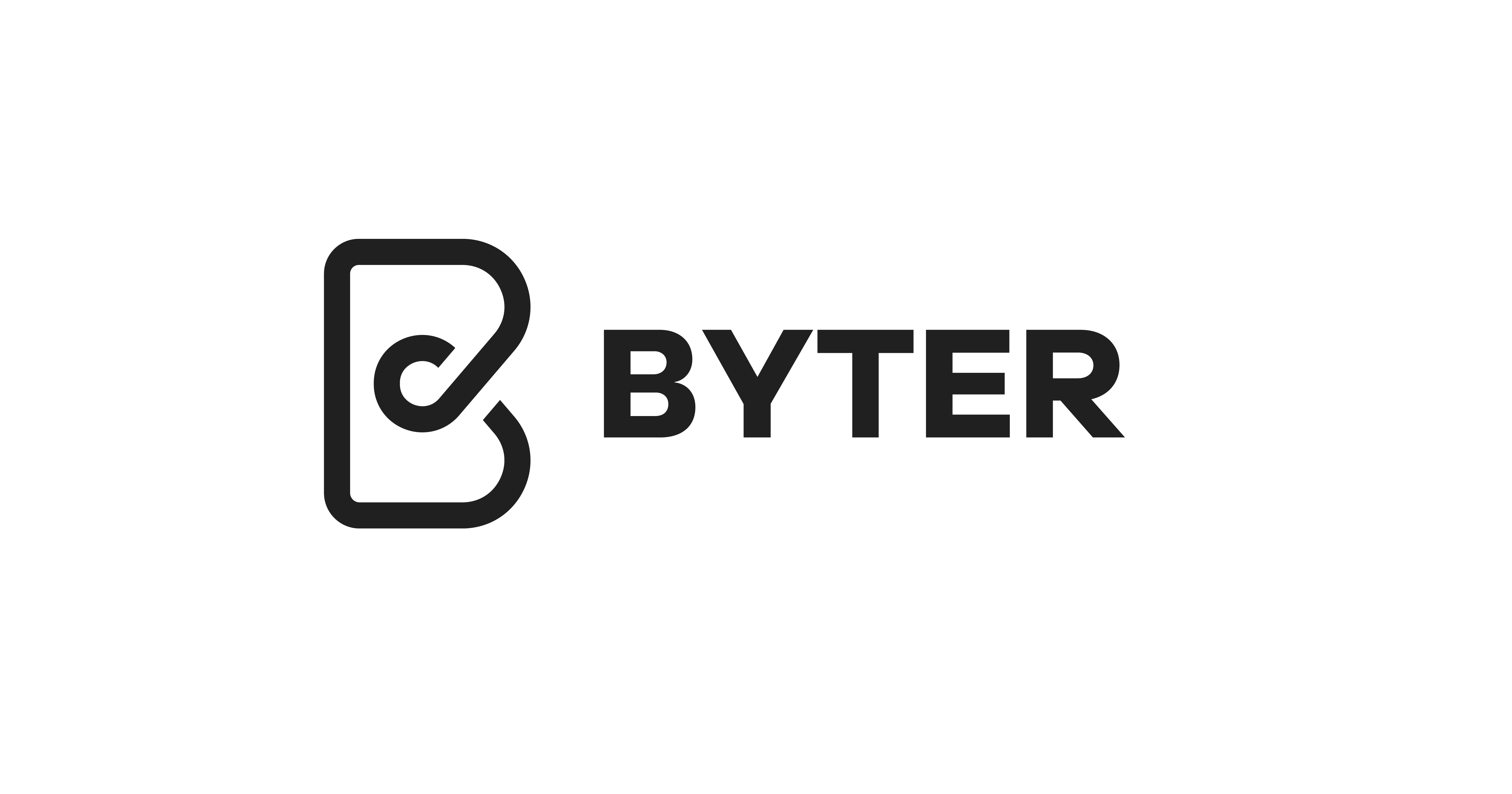
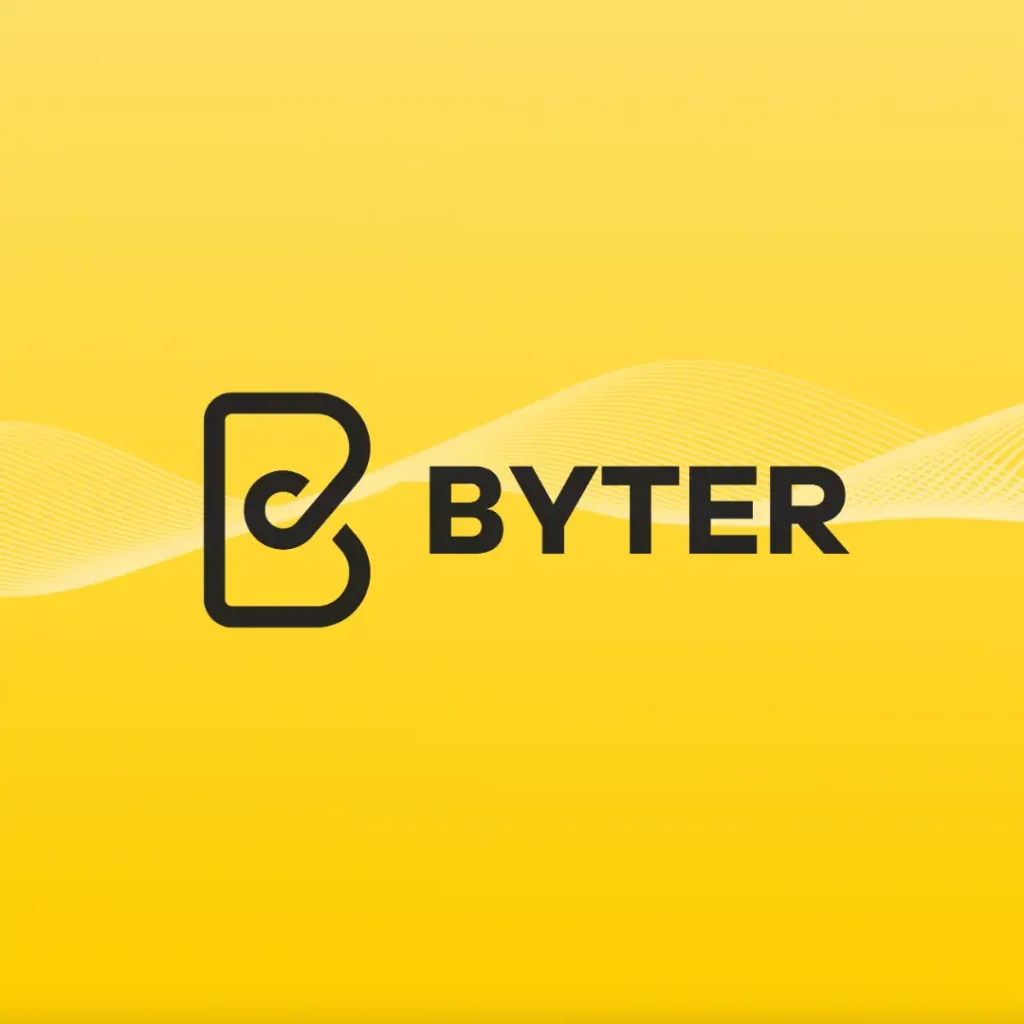
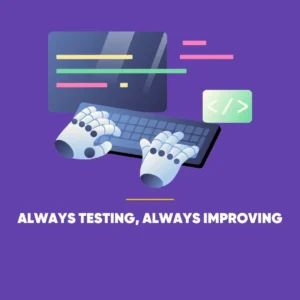 For many, the most exciting part of the AI user testing transformation is its accessibility and speed for all teams.
For many, the most exciting part of the AI user testing transformation is its accessibility and speed for all teams. 

